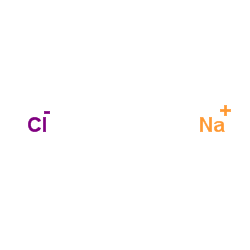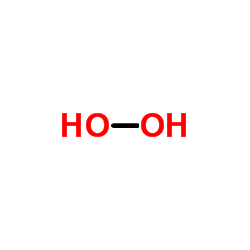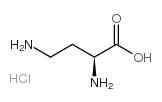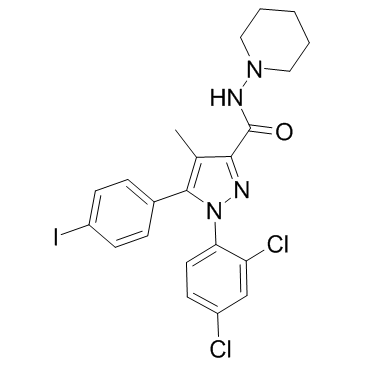| 结构式 | 名称/CAS号 | 全部文献 |
|---|---|---|
 |
氯化钠
CAS:7647-14-5 |
|
 |
过氧化氢
CAS:7722-84-1 |
|
 |
L-2,4-二氨基丁酸 单盐酸盐
CAS:1482-98-0 |
|
 |
氯化钠-35cl
CAS:20510-55-8 |
|
 |
1-(2,4-二氯苯基)-5-(4-碘苯基)-4-甲基-N-(哌啶-1-基)-1H-吡唑-3-甲酰胺
CAS:183232-66-8 |